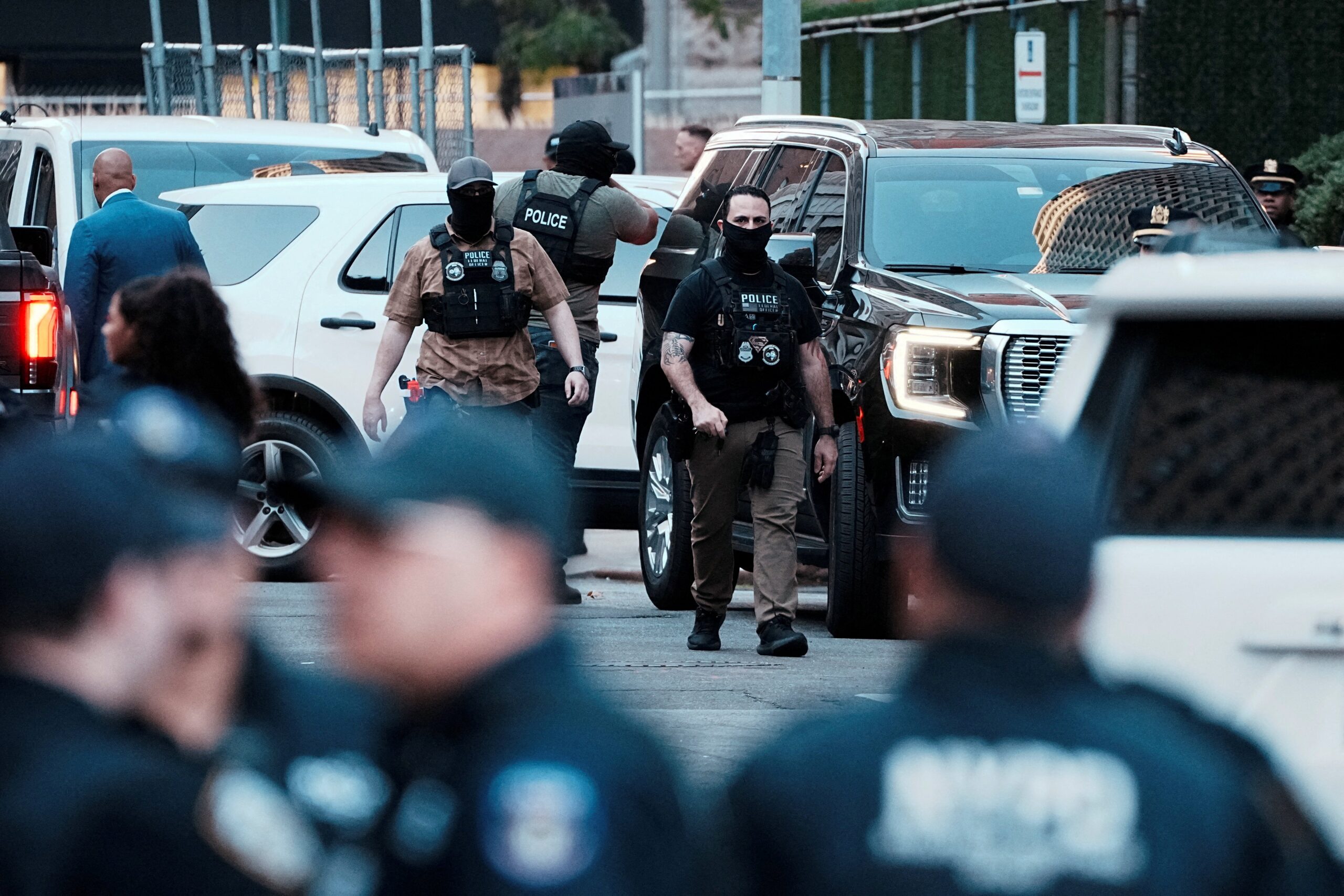Immigration and Customs Enforcement is looking to hire bounty hunters and private investigators to track down tens of thousands of immigrants to boost arrests under Donald Trump’s mass deportation agenda, according to government documents.
The agency has an “immediate need” for “skip tracing services,” which could include bounty hunters, bail bondsmen, debt collectors, process services, repossession agents and other investigators, according to procurement documents reviewed by The Independent.
ICE could spend as much as $180 million to hire private investigators for physical surveillance operations at more than 1 million homes, what the agency is calling “enhanced location research” that includes the “collection of photos and documents verifying the alien’s residence and/or place of employment.” Those documents could include a person’s utility bills and other records, documents say.
The agency has a “docket size” of 1.5 million addresses, and vendors hired by the government would receive a batch of 50,000 each to track down, according to the documents.
Investigators must each provide “time-stamped photographs of the location” and may rely on surveillance technology for “enhanced location research, which entails automated and manual real-time skip tracing.”

“To achieve a higher level of confidence, the vendor may physically verify the alien’s location and presence, preferably confirming their home or work location,” documents say.
Skip tracers then must report a target’s “physical location” to the government or “inform the government that it is not able to locate the alien, and any additional visits would be fruitless,” according to the documents.
“The vendor should prioritize locating the home address and only resort to employment location, failing that,” documents say.
ICE also is requiring vendors to “ensure compliance with all applicable laws and regulations governing data collection, privacy, and reporting” and “outline their methodology for skip tracking, including the tools and resources utilized, to ensure transparency and confidence in their processes.”
The documents, first reported by 404 Media, are among a wave of proposals outlining wider plans to expand immigration arrests and detention space under the Trump administration, which is jailing more than 66,000 people in immigration detention centers across the country, a record high.
The administration has poured billions of dollars into immigration enforcement to expand arrests in the country’s interior, with Congress appropriating a record-setting sum that makes ICE one of the most well-funded policing agencies in the world, rivaling some nations’ military spending.
Homeland Security, which oversees ICE, has aimed for hiring 10,000 ICE agents by next year, or roughly doubling its footprint, with a major boost to the agency’s Enforcement and Removal Operations division.
Critics have warned that rapidly hiring agents and contractors — without adequate screening — risks opening the door to repeat past mistakes, after a surge in Customs and Border Patrol personnel under previous administrations came with a spike in corruption and misconduct.
ICE is also under intense legal scrutiny with lawsuits across the country alleging widespread abuse in detention centers and illegal use of force on the streets as Trump surges federal officers into Democratic-led cities.
The agency is also expanding partnerships with local law enforcement and private contractors for detainee transfers, spending tens of millions of dollars on advertisements and messaging campaigns, outfitting border patrol officers with military-grade equipment, and tricking out ICE vehicles to look like Trump’s private plane.
